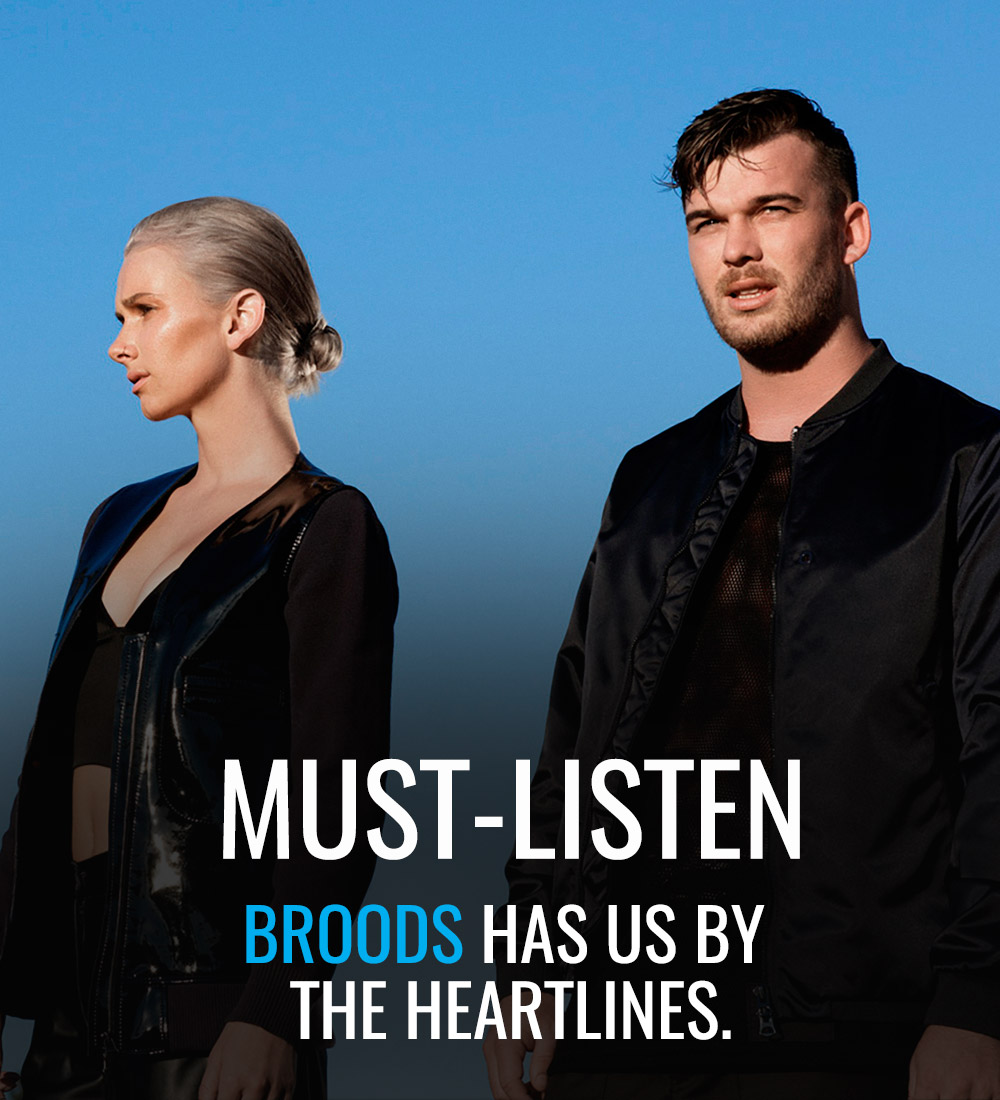
As a woman who loves whisky, I find it hard to believe that anyone wouldn’t enjoy drinking something that I find so delectable, but I’ve come to realise there are a lot of women out there who shy away from the dark liquor. There’s no question that (for whatever reason) it is most often considered a “man’s drink”, in fact bartenders have been either eyeing me down or giving me the nod of approval every time I order a whiskey on the rocks for years. Probably the most common reaction I’ll get at a bar is that I order like the grandfather of *insert random stranger’s name here*.
Girlfriends of mine have often asked me to host a whisky tasting they can attend and learn how to acquire a taste for something that will not only help them keep up with the boys, but impress them too. Since research shows that only a third of whisky drinkers are women, I decided to make it my duty to try and increase that number by teaming up with J.P. Wiser’s Whisky to share a beginner’s guide to drinking whiskey in just 7 easy steps.
See below for what you need to know!

A Beginner’s Guide To Drinking Whisky: 7 Steps To A Perfect Whisky Tasting!
Step 1:
Pour a one and a half ounce measure into the nosing glass. Whisky depth should be approximately 2 fingers.
Step 2:
Inspect for clarity visually. The whisky should sparkle brilliantly to the eye.
Step 3:
Look at the colour of the whisky in the glass. The colour can range from light gold to deep amber, or bronze. The colour is be an indicator of flavour intensity – lighter coloured whiskies are typically lighter in flavour, while deeper coloured whiskies are fuller flavoured. Depth of colour should be proportional to time spent in the barrel because more time in wood should equate to fuller flavour development and richer colour tones.
Step 4:
Pour an equal volume of room temperature bottled water into the whisky sample. Avoid using cold water, as it will depress the volatile aromas that you are trying to appreciate.
Step 5:
Place the rim of the tasting glass close to the nose. Look for fruity aromas. These fruity characteristics will come out of the headspace in the first instance after gentle swirling. Identify the fruit types that you detect and write them down in your notes. You may detect green apple, banana, pineapple, peaches, raisins, etc. There is no correct answer. Record what your senses tell you. Have some fun by including descriptive adjectives like fresh, ripe, subtle, light, etc. Place your nose further into the headspace above the whisky to detect the less volatile spicy notes like clove, cinnamon and pepper. Even further into the headspace you will detect the characteristic flavours that are derived from the charred oak barrels. Caramel, toffee, vanilla and oak are some of the more common aromas that you will identify. Use creative adjectives to describe these flavours as well. Take caution not to inhale the aromas too aggressively. You will quickly desensitize your aroma sensors in the nose. Be gentle when nosing whisky. It is not wine. The distinctive taste of whisky can be attributed to its rich heritage. J.P. Wiser’s whisky develops its full-flavoured taste, which has resulted in the most loyal following of any Canadian whisky.
Step 6:
Now taste the whisky. We are looking for sweetness and acidity balance and finish (aftertaste) which is detected at the back of the throat. Again, be gentle and first look for sweetness on the tip of the tongue. As the whisky rolls over the tongue, look for pleasant acidity on the sides of the tongue. The sweetness and acidity should be in perfect balance. If they are, the whisky has been blended to perfection and will be described as smooth. Perfect balance equates to smoothness. In a smooth whisky, no particular attribute dominates. This is the ultimate goal that the blender is trying to achieve. When the whisky falls to the back of the throat, there will be bitterness noted that will be attributed to oak tannins. This taste should persist for perhaps 20 seconds. If it does, there is a pleasant lingering aftertaste. If it does not, the finish is too short. If it persists for too long, the experience becomes unpleasant, like an overly steeped tea. Finally, take another sip and gently roll the whisky throughout the mouth. Think of nothing but balance and smoothness. No one, single attribute should dominate. Now reconsider aftertaste and finish. This final taste is when you need to appreciate the whole whisky experience and not the components. Like a golf swing, do not analyze all the parts at this final stage. Just experience the whisky for what it is, without too much analysis.
Step 7:
Develop your own scoring system and rate your whiskies in each of the categories described above. Select your favorite. You will now have documented reasons for making your choice. Keep a file of all the whiskies that you have tasted and scored for future reference.

While a third of women are whisky drinkers, the number is slightly higher for flavoured whiskies. Personally, I’m not a huge fan of flavoured liquor, however, I can certainly appreciate a liquor mash-up like a good mixed cocktail. Although J.P. Wiser’s Hopped – with it’s distinctive blend of J.P whisky and hops for a rich, dark hale finish – seems like something that was created to satisfy my boyfriend’s wildest dreams, it is, surprisingly, very easy to drink and extremely tasty too. While it may sound like one of the manliest options out there, I would recommend it to any woman who is testing the waters of whisky to start with a tasting of J.P. Wiser’s Hopped for a lighter whisky with lovely notes of caramel and coffee.
Enjoy!
xo
The post A Beginner’s Guide To Drinking Whisky In 7 Easy Steps with J.P. Wisers! appeared first on Gracie Carroll.







